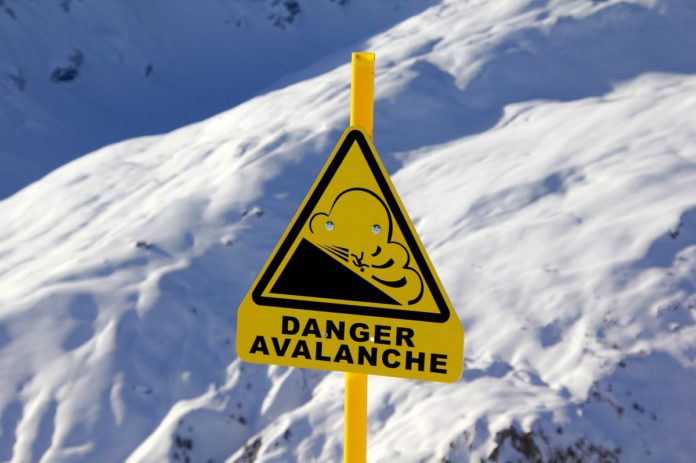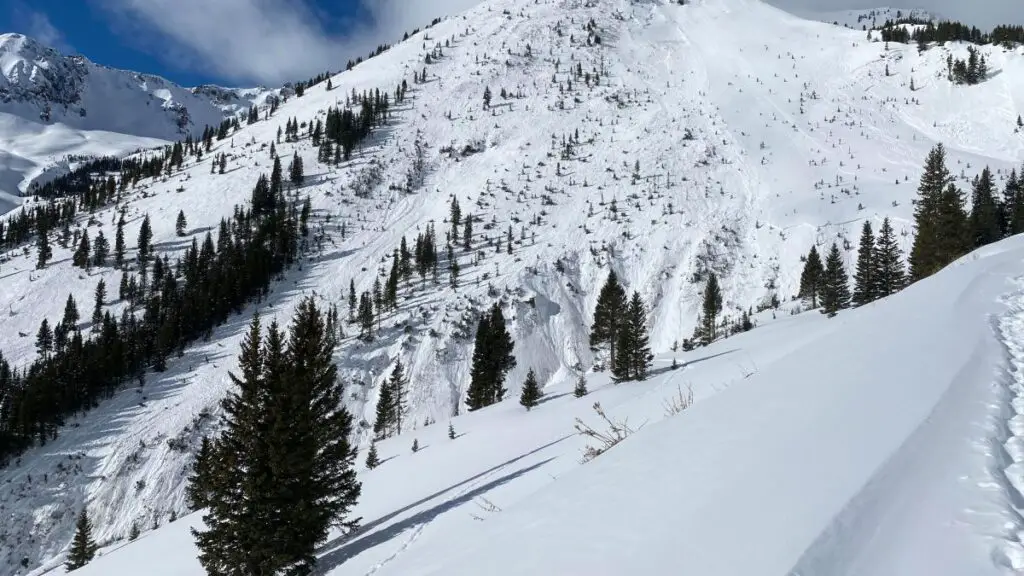
Between a wet and dry snow avalanche, the dry one is more dangerous. It can travel as fast as 120 mph while the wet snow avalanche can go for just 5 mph or less. Dry snow avalanches can create a force as powerful as an explosive. Most people who encounter this avalanche suffer from injuries, either they are dragged through trees and cliffs or they get hurt by their own Snowboarding Equipment.
Table could not be displayed.Tragically, a person gets buried completely in the snow after being taken by an avalanche. Suffocation would be the biggest danger a person has to face with being buried in snow.
Avalanche debris is compact and heavy unlike how it used to start light and fluffy. The moment the snow stops from moving, the kinetic energy from the moving snow creates heat from fiction that makes it hard and heavy.
One cannot contain the weight of the snow. Therefore, it can squeeze the person, especially his or her lungs. One may be buried alive lacking oxygen and being frozen by snow.

Even if a person may have a company to dig him out immediately, there is still a large probability that he or she will not be able to survive. Within 15 minutes of being buried, the person has 90% of survival. Beyond 30 minutes, the person only has 50% chance of survival, and it decreases the longer the person stays under the snow.
If the person’s company is well equipped and knowledgeable of what they are going to do, the person may have a lesser chance of dying, but otherwise, it would be hard to survive such an incident.
More so, given the difficulty of digging and working one’s way out through the snow, if the person is buried for more than six feet, he would most probably die.
One must keep in mind that what was mentioned above should not be taken for granted since traveling in the snowy mountains can be really dangerous. It can cause fatal injuries and even death that is why one must put great importance on avalanche awareness.



















